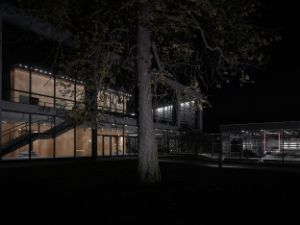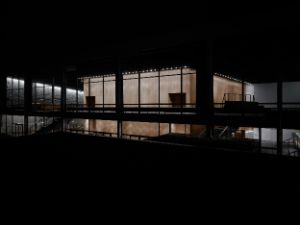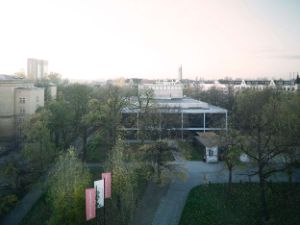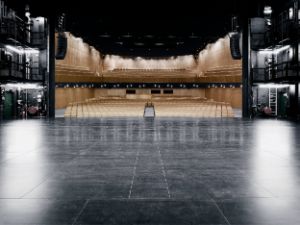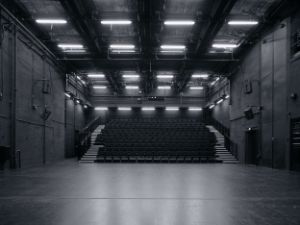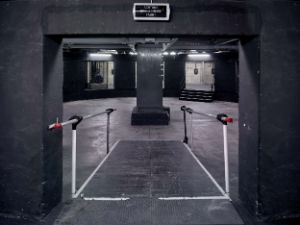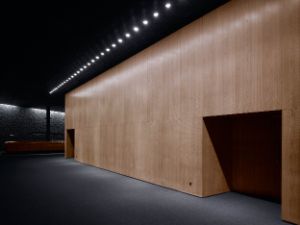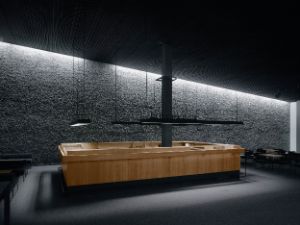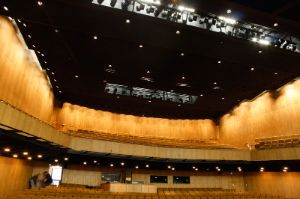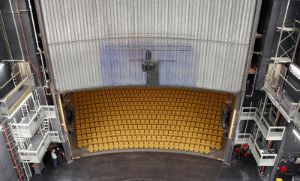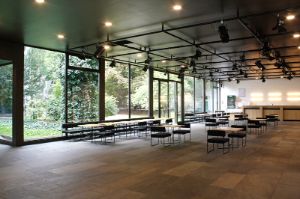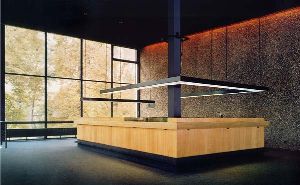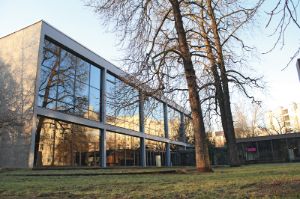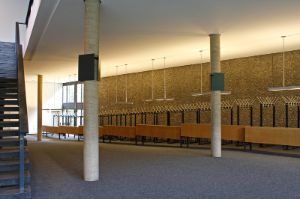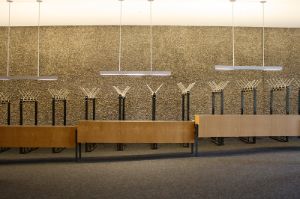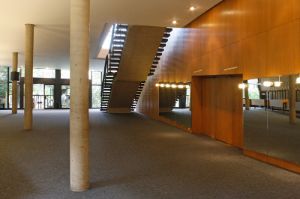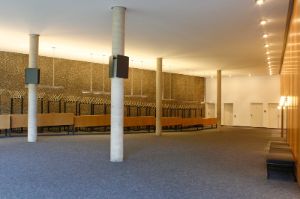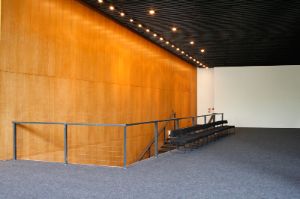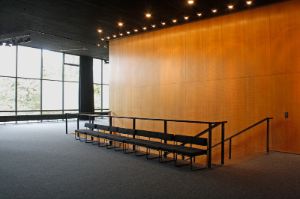History of the Haus der Berliner Festspiele
In 2001, the Berliner Festspiele found a congenial home in one of the most significant theatre buildings of post-war Germany.
The Haus der Berliner Festspiele is among the best known buildings by the Berlin architect Fritz Bornemann. Imbedded in a public park area and in close proximity to the University of the Arts on Bundesallee, today it is home to the festivals and programme series of Berliner Festspiele and an attractive venue for a wide range of performances by international guests.
Berliner Festspiele have been hosting their year-round programme at the house since 21 April 2001. Their own festivals set the pace for Berlin’s annual calendar of events. Each spring, MaerzMusik uses the spaces of the Festspielhaus both for concerts and for its discourse and further events. The festival Theatertreffen follows in May: ten productions, selected by a jury of theatre critics, and many other programme points take over the house for three weeks. In September, the city’s concert season is launched by Musikfest Berlin, which cooperates closely with the Foundation Berliner Philharmoniker and has its main venue at the Philharmonie Berlin. Jazzfest Berlin closes the annual series of festivals in November. They are interspersed by Berliner Festspiele’s four national contests of the Treffen junge Szene: Theatertreffen der Jugend, Tanztreffen der Jugend, Treffen junge Musikszene and Treffen junger Autor*innen. Through the autumn and winter months, the programme series Performing Arts Season annually presents a panorama of international dance, theatre and performance productions on the stage of the Haus der Berliner Festspiele and the Gropius Bau.
Photos of the Haus der Berliner Festspiele
Exterior and interior views
Interactive Panorama Images of the Haus der Berliner Festspiele
In 2012, we had some interactive panorama images takes of our theatre. Have a look! You can navigate the images by holding down the left-hand mouse button or by using the arrow keys of your keyboard. In the upper left corner of the screen you can change the viewing mode.
© 2012 Manuel Dahmann www.kubische-panoramen.de
360° Tour
A 360° tour through the Haus der Berliner Festspiele.
You can navigate in the corresponding direction by clicking on the flashing red circle.
